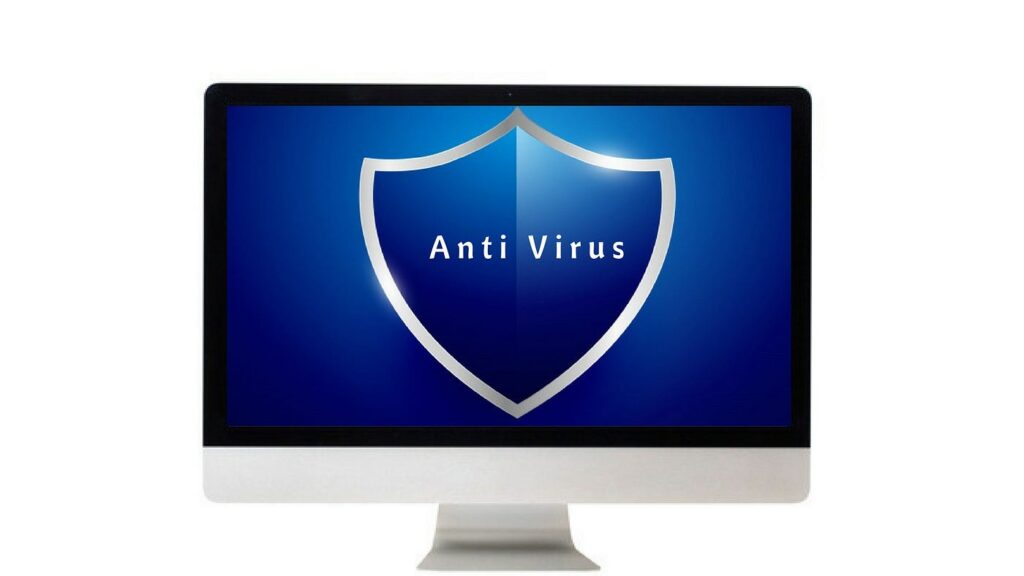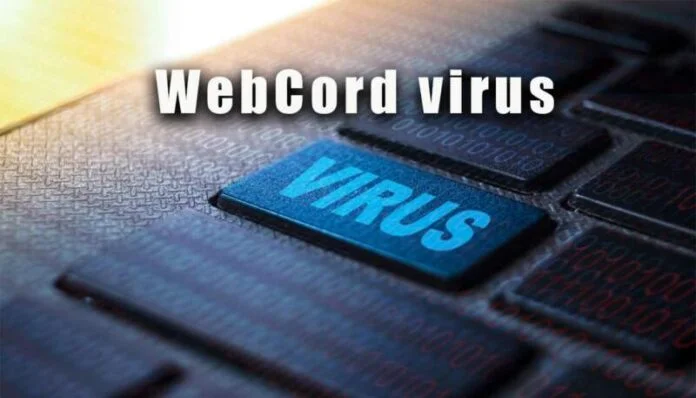The WebCord Virus is a growing threat in the digital world. It’s a malicious software that disguises itself as legitimate, causing significant harm to systems. This virus has quickly become a concern for both individuals and businesses, leading to data breaches, financial losses, and system disruptions. In this guide, we’ll delve into what the WebCord Virus is, how it spreads, its impact, and most importantly, how to protect your system from it.
Understanding the WebCord Virus
What is the WebCord Virus?
The WebCord Virus is a type of malware that infiltrates systems under the guise of legitimate software. Once inside, it wreaks havoc by stealing sensitive data, corrupting files, and even rendering devices unusable. The deceptive nature of this virus makes it particularly dangerous, as it often goes unnoticed until significant damage has been done.

How Does the WebCord Virus Affect Systems?
The WebCord Virus can have VERY HARMFUL on your system. It can lead to data theft, where personal or business information is stolen and potentially sold on the dark web. The virus can also cause system malfunctions, making devices slow, unresponsive, or even completely inoperable. In severe cases, the virus can spread to other connected devices, amplifying the damage.
Transmission and Spread
Common Methods of Spread
The WebCord Virus spreads through several common methods, making it a pervasive threat. malicious emails are one of the most prevalent methods. These emails appear to be from trusted sources but contain malicious links or attachments that, when clicked, install the virus on your system. Another common method is through malicious downloads. The virus often disguises itself as a legitimate software update or program, tricking users into downloading it. Deceptive links on websites or social media can also lead to unintentional downloads of the virus.
Statistical Overview
The prevalence of the WebCord Virus has been steadily increasing. Recent data suggests that it has affected millions of devices worldwide, with particularly high infection rates in regions with less robust cybersecurity measures. The virus is not limited to any specific type of device, affecting everything from personal computers to corporate networks.
Symptoms of Infection
Recognizing the Signs
Detecting the WebCord Virus early is crucial to minimizing damage. Some of the most common symptoms include sluggish system performance, frequent crashes, and unauthorized attempts to access your data. Users may also notice unexpected pop-ups, new software installations that they didn’t authorize, or changes in system settings.
Real-World Cases
There have been several high-profile cases where the WebCord Virus caused significant disruption. In one instance, a small business lost thousands of dollars after their customer data was stolen. In another case, an individual’s personal computer was rendered completely unusable, requiring a costly replacement. These examples highlight the severe impact the virus can have if not detected and removed promptly.
Prevention Strategies
Best Practices to Stay Safe
Preventing the WebCord Virus from infecting your system requires a combination of vigilance and the right tools. Here are some best practices:
- Stay Informed: Keep up to date with the latest cybersecurity threats, including the WebCord Virus. Understanding how these threats spread can help you avoid risky behaviors online.
- Be Careful with Emails and Links: Avoid clicking on links or downloading attachments from unfamiliar or suspicious emails. Phishing is a common method used to spread the WebCord Virus.
- Regularly Update Systems and Software: Ensure your operating system and all software are up to date. Developers often release updates to patch vulnerabilities that viruses like WebCord exploit.
Tools for Protection
Utilizing the right tools can significantly reduce the risk of infection:
- Antivirus Software: Install creditable antivirus software and keep it updated. Software can detect and remove the WebCord Virus before it causes harm.
- Firewalls: Enable your firewall to block unauthorized access to your computer. This can prevent the virus from communicating with external servers and spreading.
- Multi-Factor Authentication (MFA): Use MFA to add an extra layer of security to your accounts. Even if the virus steals your password, it won’t be able to access your accounts without the second form of authentication.
Detailed Removal Guide
Here’s a simple step-by-step guide to walk you through the process
If your system is infected with the WebCord Virus, it’s crucial to remove it as quickly as possible. Here’s a step-by-step guide to help you through the process:
1. Isolate Your Device
The first step is to disconnect your device from the internet and other networks. This will prevent the virus from spreading to other devices.
2. Enter Safe Mode
Restart your device in Safe Mode. This mode only runs essential programs, making it easier to locate and remove malicious software.
3. Run Antivirus Scans
Run a complete scan of your system using your antivirus software.
. This should identify and remove most, if not all, of the WebCord Virus.

4. Manual Removal Techniques
If the antivirus scan doesn’t catch everything, you’ll need to manually remove the virus. Look for unfamiliar programs installed around the time your device started showing symptoms and uninstall them.
5. Factory Reset (As a Last Resort)
If variously fails, you may need to perform a factory reset on your device. This will erase everything, including the virus, but also all of your files, so make sure to back up any important data first.
Post-Removal Actions
Once the virus is removed, there are a few additional steps you should take to secure your system:
- Recovering Lost Data: If the virus deleted or corrupted any files, you might be able to recover them using data recovery software. However, this is not always guaranteed.
- System Updates: After removing the virus, ensure your operating system and software are fully updated to patch any vulnerabilities that the virus exploited.
Economic and Social Implications
The Cost of Infection
The economic impact of the WebCord Virus can be severe. Individuals may face significant financial losses due to data theft or the cost of replacing infected devices. For businesses, the consequences can be even more devastating. A data breach can result in lost customer trust, legal penalties, and operational disruptions. The cost of recovering from a WebCord Virus infection can easily run into thousands of dollars, making prevention critical.
Impact on Businesses
For businesses, the WebCord Virus can have far-reaching consequences. Beyond the immediate financial losses, a breach can damage a company’s reputation, leading to a loss of customers and revenue. In some cases, businesses have been forced to shut down entirely due to the damage caused by the virus. This highlights the importance of having robust cybersecurity measures in place to protect against such threats.
When to Seek Professional Help
Knowing When You Need Assistance
In some cases, removing the WebCord Virus on your own may not be possible. Here are some signs that you should seek professional help:
- Overwhelmed by the Process: If the removal steps seem too complicated or you’re not comfortable performing them, it’s best to consult a professional.
- System Malfunction: If your device is still experiencing issues after you’ve tried to remove the virus, a professional can help identify and fix the problem.
- Sensitive Information: If your device contains sensitive business or personal information, it’s crucial to ensure that the virus is completely removed. A cybersecurity professional can provide the expertise needed to secure your data.
Steps for Businesses
For businesses dealing with a WebCord Virus infection, the stakes are even higher. In addition to removing the virus, you’ll need to assess the damage, recover lost data, and implement stronger security measures to prevent future infections. Working with a cybersecurity firm can help ensure that all these steps are completed effectively, minimizing the impact on your business.
Conclusion
The WebCord Virus is a significant threat that requires vigilance and proactive measures to combat. By understanding how the virus operates, how it spreads, and how to prevent and remove it, you can protect your personal and business data from harm. Regular updates, cautious online behavior, and the use of reliable security tools are essential in the fight against this and other cyber threats. Remember, if the situation becomes too overwhelming, don’t hesitate to seek professional help to ensure your system is secure.

